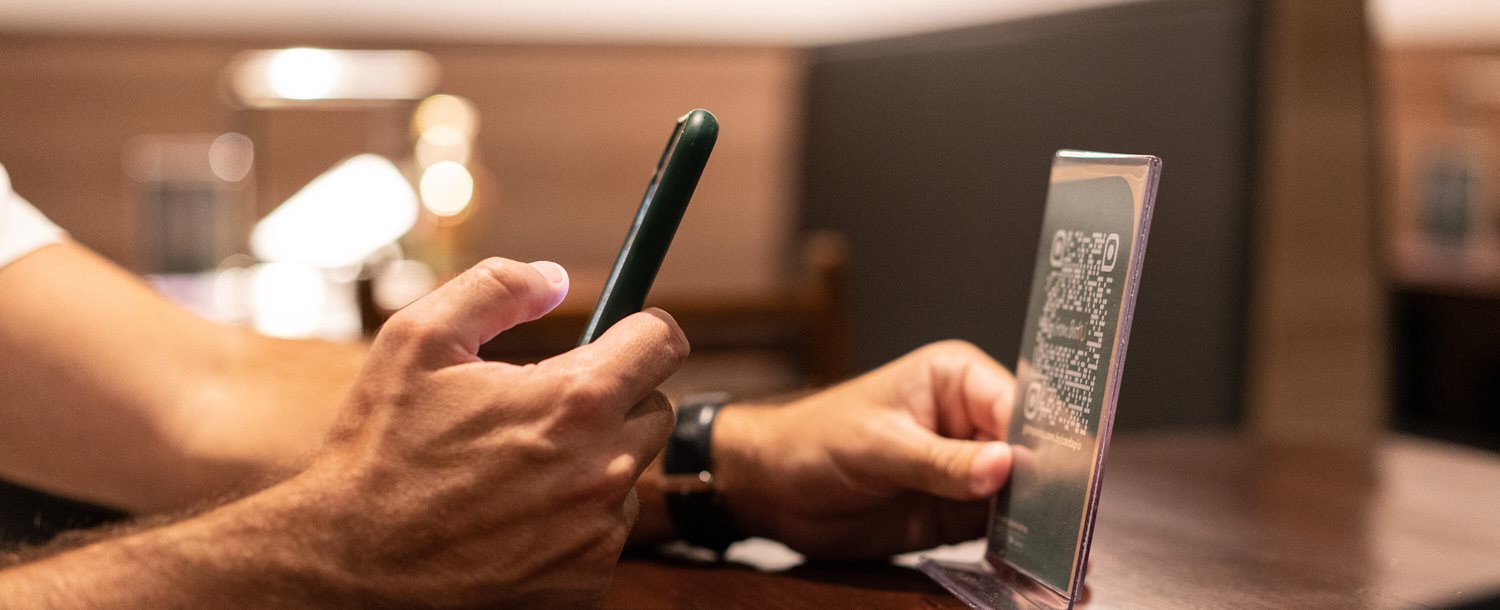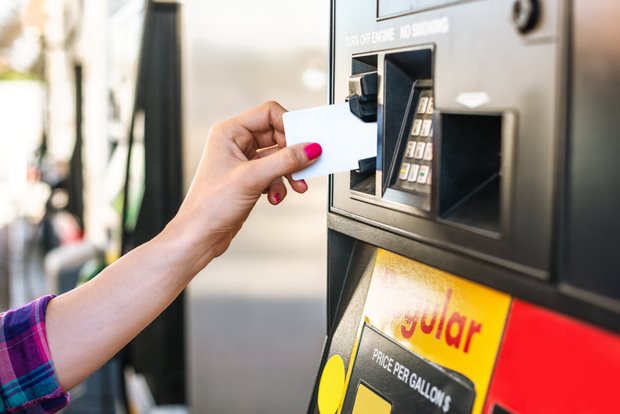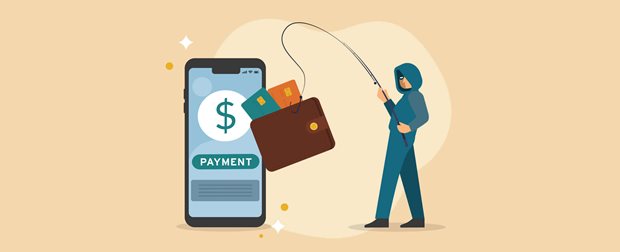You’ve probably encountered QR — or quick response — codes at restaurants or stores, especially recently. QR code use has exploded during the pandemic, thanks in part to the touch-less experience scanning the barcode with a phone allows. Over the last three years, QR interactions have grown 94%. In 2022 alone, there’s a projection of an estimated 5.3 billion QR coupon redemptions.
With greater use comes greater risk, and cybercriminals are taking advantage of growing QR code use to exploit consumers. A QR code can be tampered with to trick consumers into sharing confidential and personal information. This information can, in turn, be used for identity theft or to steal funds.
How do fake QR codes work?
Anyone with malicious intent can modify a digital or printed public QR code. By tampering with a QR code, cybercriminals can direct their intended victims to a fake site designed to look identical to the authentic, safe site.
On the malicious site, a victim will be tricked via real-looking prompts to share personal information that should be kept confidential, including online banking credentials. Cybercriminals can use that information to access your accounts, set up credit cards in your name and more. These fake QR codes can also include embedded malware, enabling someone to access your mobile device or track your location.
What can you do?
These threats are real, and growing more prevalent. Fortunately, there are things you can do to stay cybersafe. Here are three tips to keep in mind.
- Check the physical QR code. Does it look tampered with or has a sticker been placed on top?
- Check the URL of the website you’re sent to. Does it match the expected URL? Is it spelled correctly and secure?
- Be careful about downloading any apps from QR codes. Doing so may increase the risk of malware being installed on your device.
At Fremont Bank, we’re committed to your cybersecurity. We’ve shared five steps to create stronger passwords and prepared an FAQ on online banking safety for you. Have more questions? Reach out at (800) 359-2265, or stop by your local branch.







